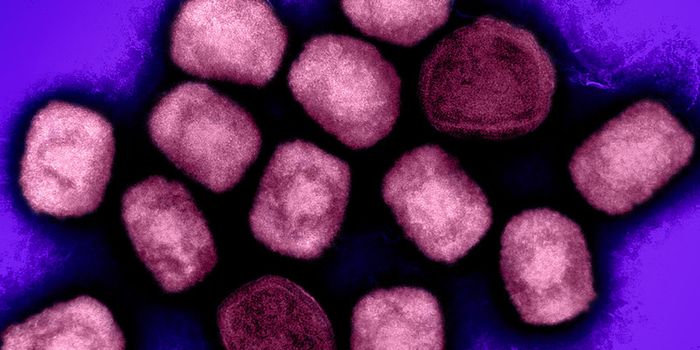Watching the Biology of Brain Swelling in Real Time
The human skull is about a quarter of an inch of solid bone, perfectly suited to perform its role as the protector of one of the most sensitive organs of the body, the brain. In the event of brain swelling (clinically referred to as cerebral oedema), an excess of fluid floods brain tissues and spikes the pressure within the skull. This in turn results in a life-threatening condition in which delicate brain tissue compresses, triggering anything from headaches and nausea to seizures and coma.
An innovative new brain imaging technology developed by German researchers could soon empower neurologists with the ability to “see” the most subtle of physiological changes occurring in a patient’s head during cerebral oedema. The method, termed “rapidFLIM” or Fluorescence Lifetime IMaging offers a significant step up from traditional methods to visualize cerebral oedema for diagnostic purposes: it’s extremely sensitive, delivering ultrahigh resolution images of the cellular processes happening in the brain in real time.
“Using rapidFLIM we can show that a breakdown in cellular energy supply – one of the principal side effects of a stroke – results in nerve cells quickly becoming charged with sodium ions,” explained Jan Meyer, one of the lead scientists on the project. “This in turn is a key cause of the subsequent swelling of cells.”
The authors say that current imaging strategies cannot capture how this charging of sodium ions progressively changes over time leading to some of the dangerous symptoms seen in oedema patients. They also add that their approach leverages advances in multi-photon microscopy and could help neuroscientists bridge a gap in our understanding of how sodium regulation impacts brain health.
Interestingly, as part of their research, the scientists discovered a new mechanism through which sodium charging in the TRPV4 ion channel g can lead to severe damage to brain tissue. TRPV4 is an ion channel that is present on a number of brain cells such as dorsal root ganglia neurons and hippocampal neurons. This channel acts as an “osmosensor” that detects osmotic stress (dysregulation of normal cellular function caused by a water and electrolyte imbalance). TRPV4 also plays a central role in controlling how much sodium can enter a cell.
The researchers found that targeting TRPV4 may be a promising means of minimizing neural damage after a stroke.









